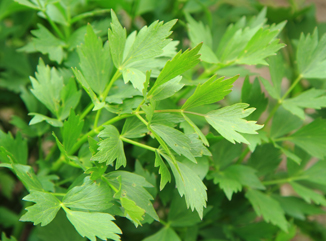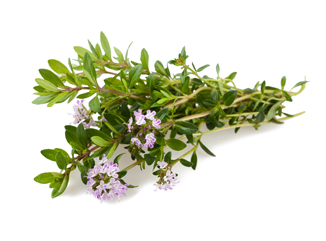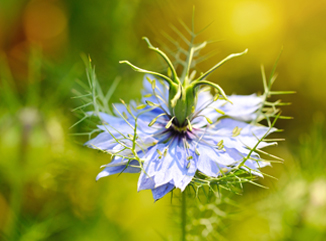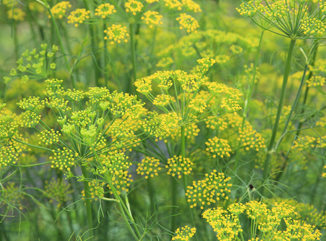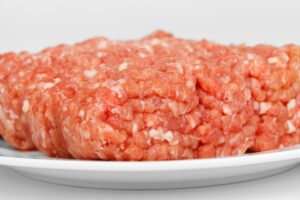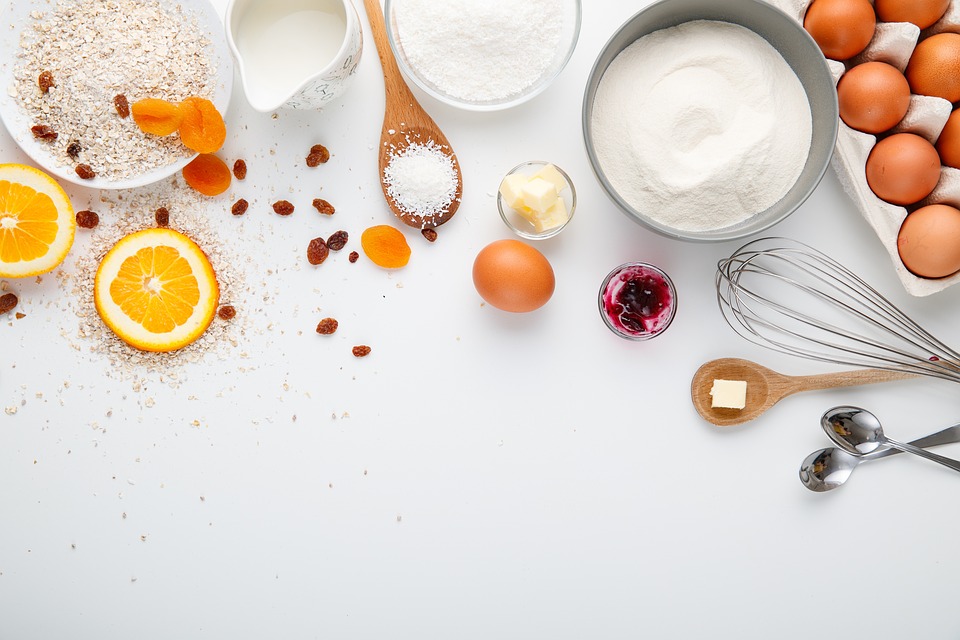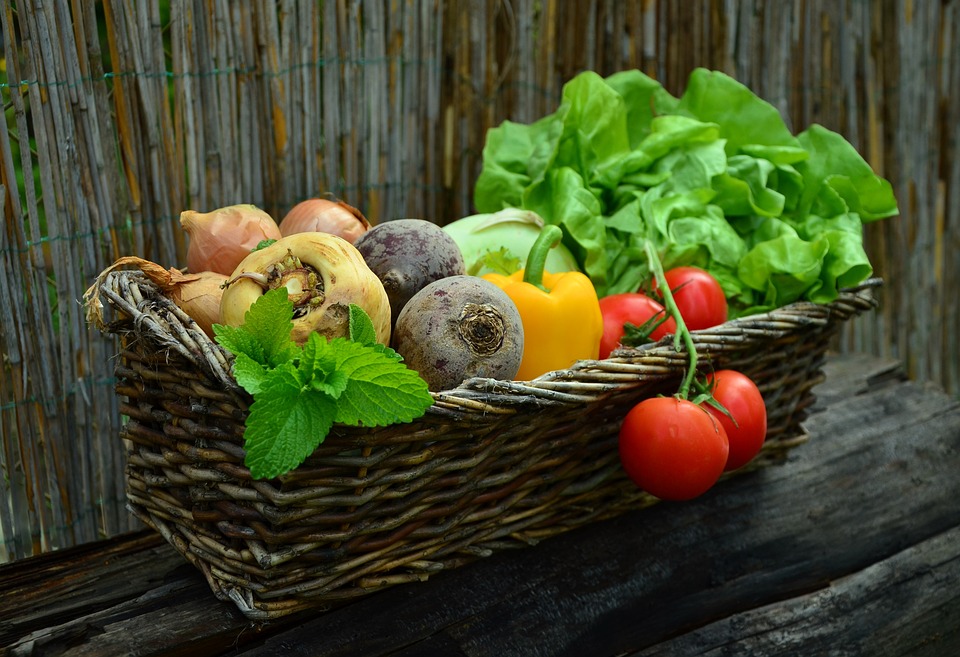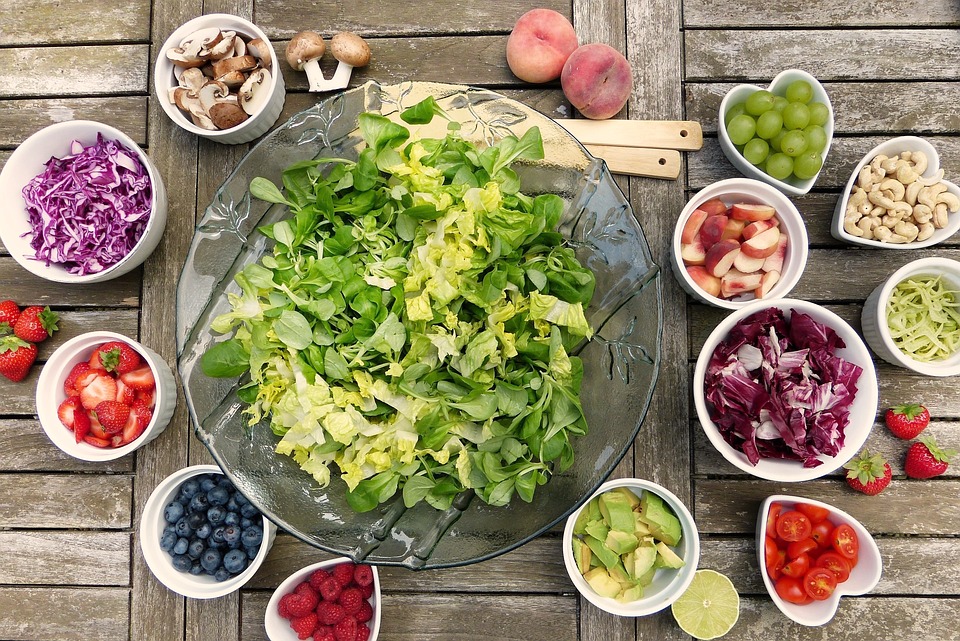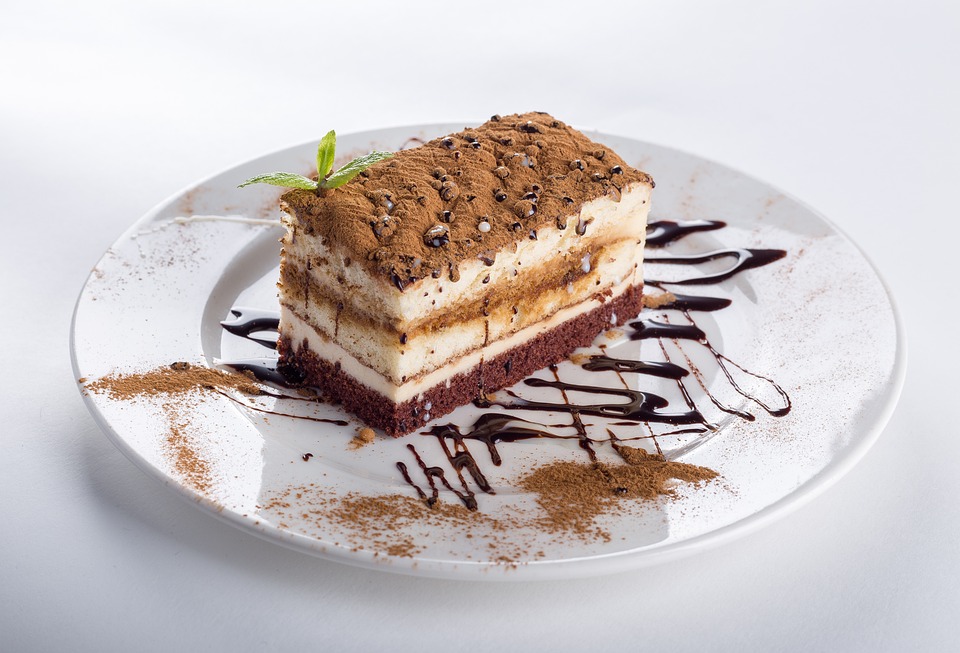1. Preparing the Seeds
- Buying seeds: Lovage seeds can be found in garden centers or online. Make sure to use fresh seeds, as older seeds may have reduced germination rates.
- Pre-soaking (optional): To speed up germination, you can soak the seeds in lukewarm water for 12 to 24 hours. This helps soften the seed coat and promote faster sprouting.
2. Choosing the Right Location
- Light: Lovage prefers a spot that gets partial shade to full sun. It can tolerate partial shade but thrives best in full sunlight.
- Soil: The soil should be deep, rich in humus, and well-draining. Lovage doesn’t like compacted or heavy soils. If the soil is clay-heavy, you can mix in some sand to improve drainage.
- pH level: A neutral to slightly alkaline soil (pH 6-7) is ideal for lovage.
3. Sowing Time
- Outdoor sowing: You can sow lovage seeds directly outdoors from April to June once the danger of frost has passed.
- Indoor pre-sowing: Alternatively, you can start sowing indoors as early as March on a sunny windowsill or in a greenhouse. This will give you stronger seedlings to transplant later.
4. Sowing Outdoors
- Soil preparation: Loosen the soil thoroughly and work in some organic compost or well-rotted manure to enrich it.
- Sowing the seeds: Sow the seeds thinly in rows, leaving about 50 cm (20 inches) between each row. Lightly cover the seeds with soil (about 1 cm deep), as they need light to germinate.
- Watering: Keep the soil evenly moist after sowing until the seedlings appear. Be careful not to overwater, as lovage dislikes waterlogged conditions.
5. Germination and Thinning
- Germination time: Seeds will germinate in about 2 to 3 weeks, depending on soil temperature.
- Thinning: Once the seedlings are about 10 cm tall, thin them out to leave about 50 cm between plants. Lovage grows into a large, bushy plant, so it needs plenty of space.
6. Caring for Lovage
- Watering: Lovage needs consistent moisture, especially during dry spells. The soil should stay moist but not waterlogged.
- Fertilizing: Once a year, in early spring, apply compost or organic fertilizer. Avoid over-fertilizing, as this can encourage excessive leaf growth at the expense of the roots.
- Mulching: Apply mulch around the plant to retain soil moisture and suppress weeds.
7. Care During the Growing Season
- Pruning: Regularly harvesting leaves will encourage bushier growth. Cut the leaves as needed but always leave some behind for the plant to continue growing.
- Removing flowers: As soon as flower stalks appear, pinch or cut them off to prevent the plant from putting too much energy into seed production. This helps maintain healthy leaf growth.
- Winter care: Lovage is hardy and can survive winter outdoors. The above-ground parts will die back in winter, but the plant will regrow from the root in spring.
8. Harvesting
- Leaves: You can harvest leaves throughout the growing season, but the flavor is strongest before flowering.
- Seeds: In late summer, you can also harvest the seeds for seasoning or for sowing the following year.
- Drying and storage: Lovage can be dried, but note that it loses some of its strong flavor when dried. Fresh leaves have the best aroma.
9. Pest and Disease Management
- Pests: Lovage is largely pest-resistant. However, young seedlings may be prone to slug damage, which can be prevented with slug barriers or pellets.
- Diseases: Watch out for powdery mildew or root rot, which can occur if the soil is too wet. Good soil aeration and regular removal of dead plant material will help prevent diseases.
With this guide, you should have success growing healthy, aromatic lovage from seeds and maintaining the plant through its growing season!

